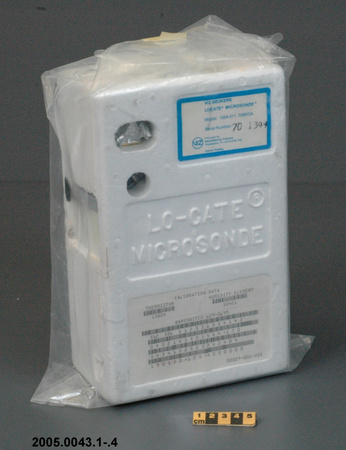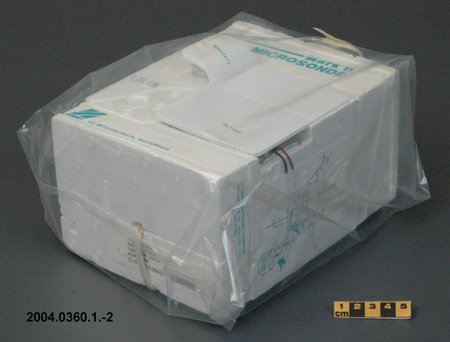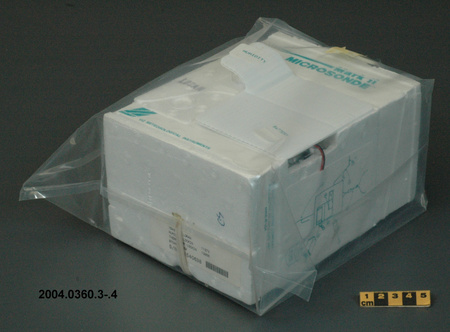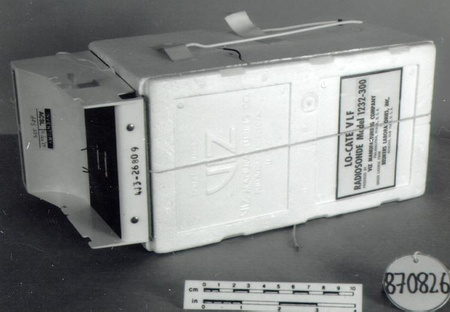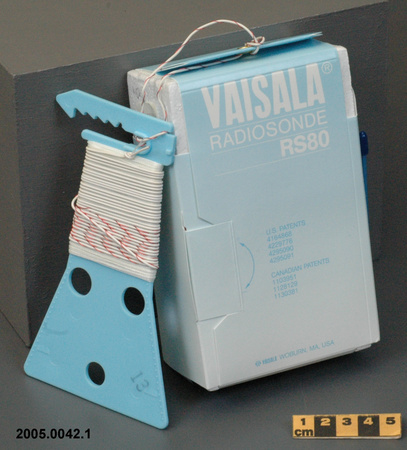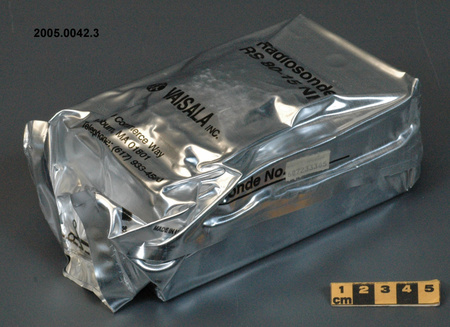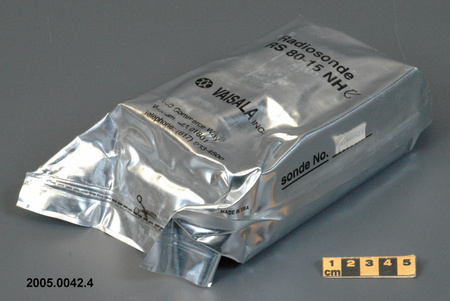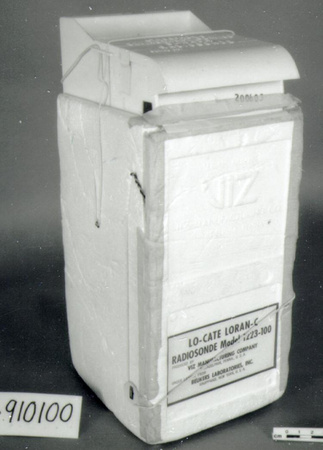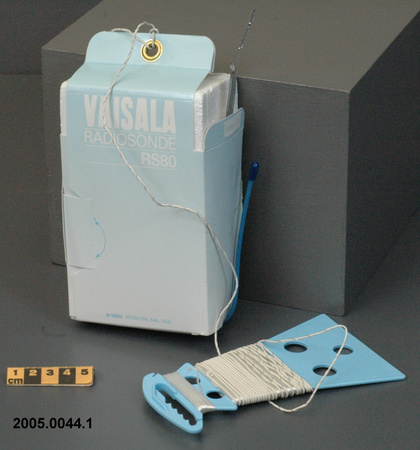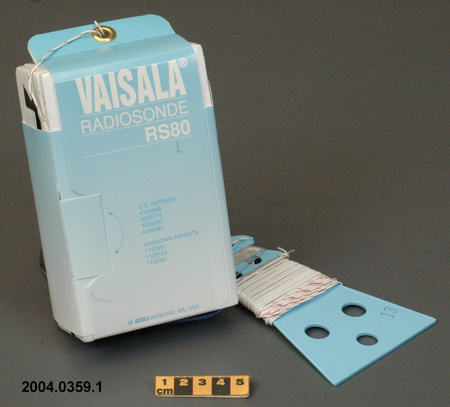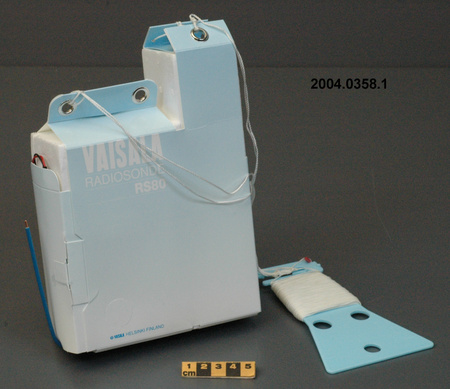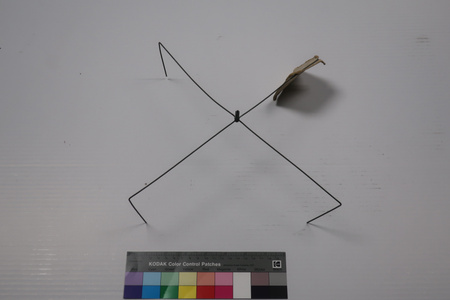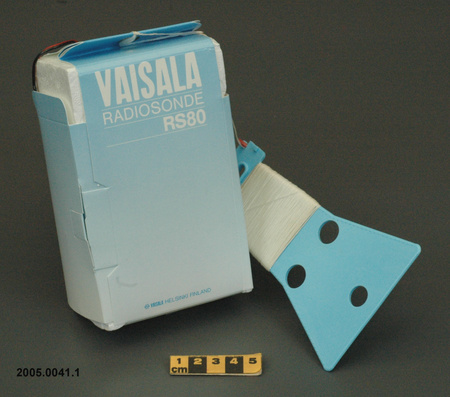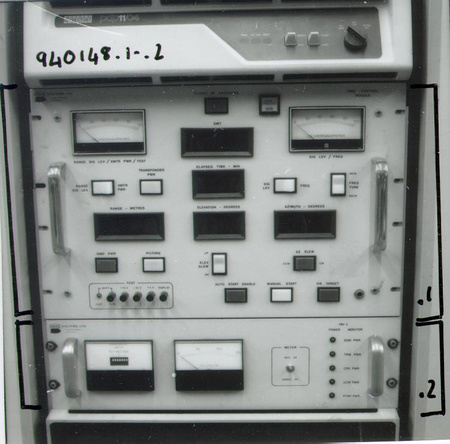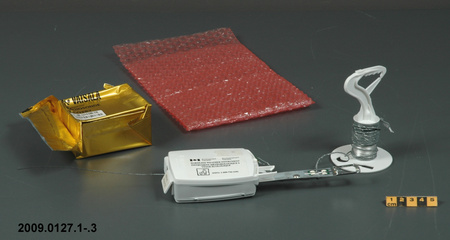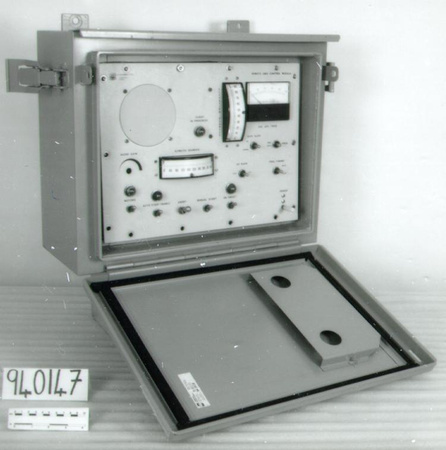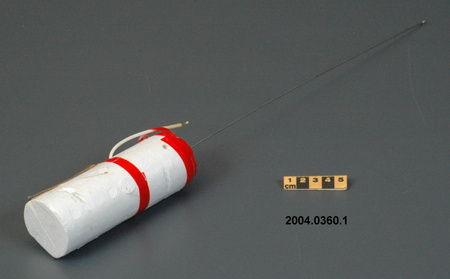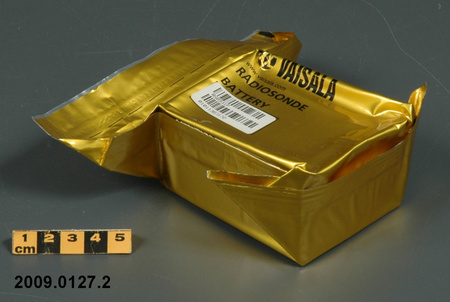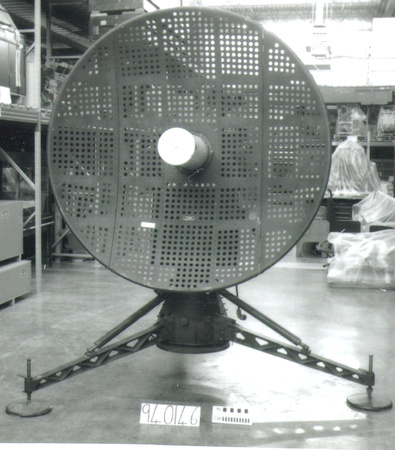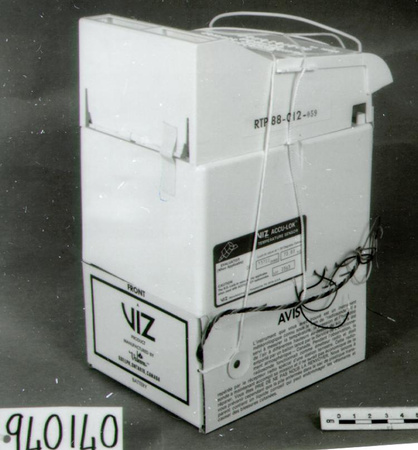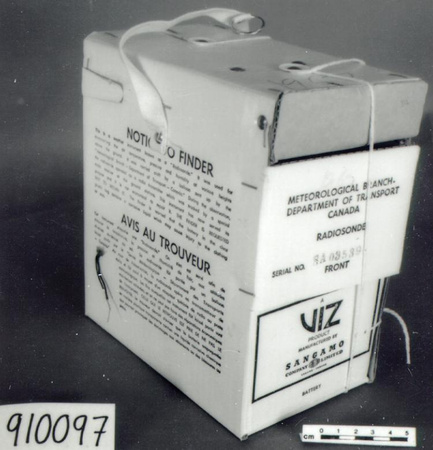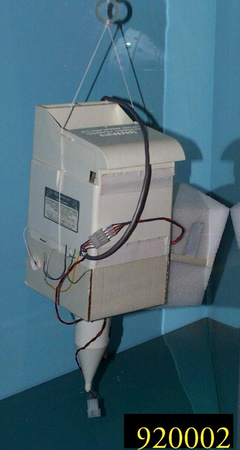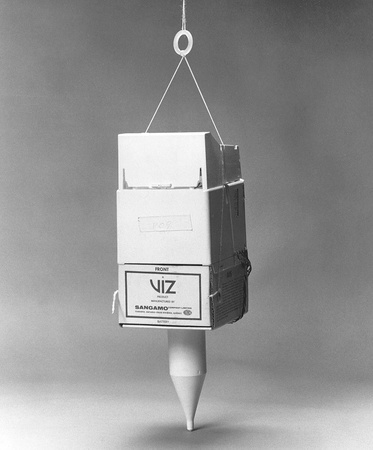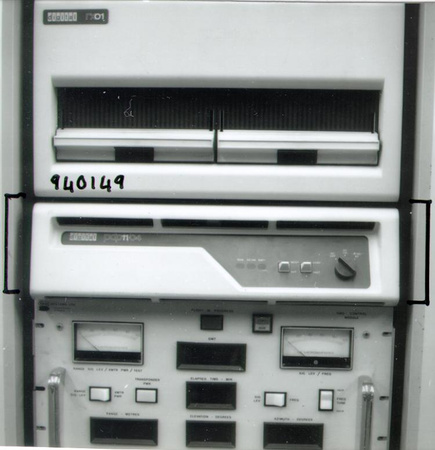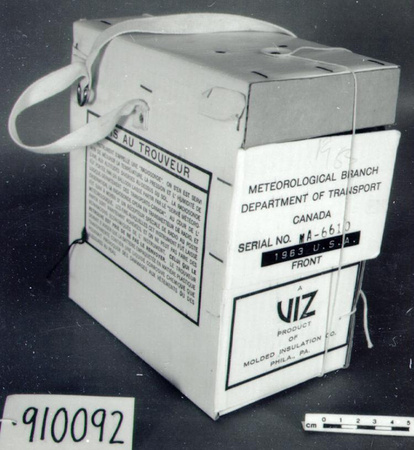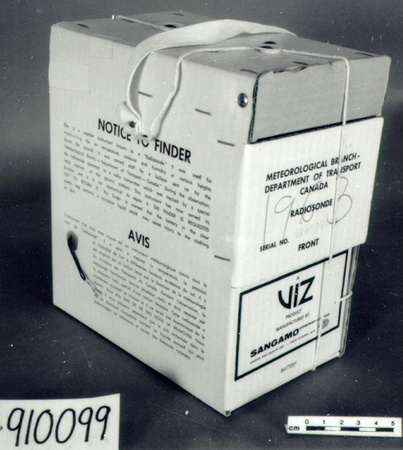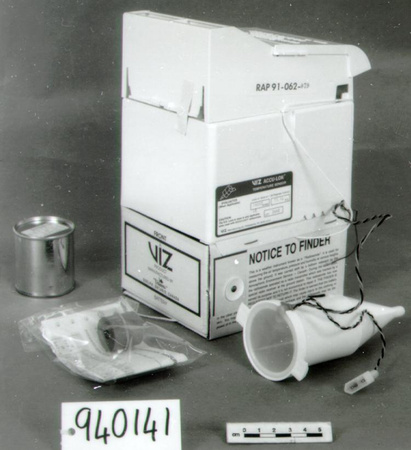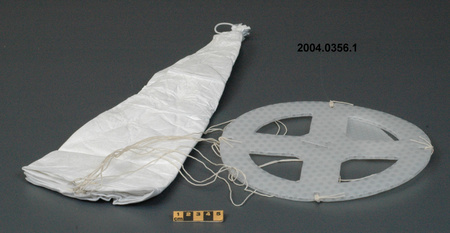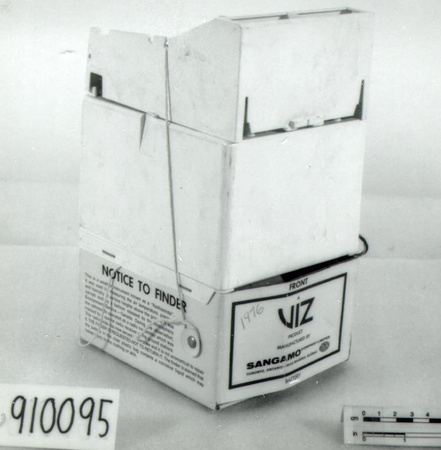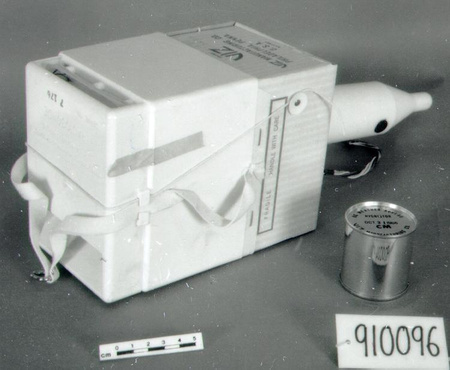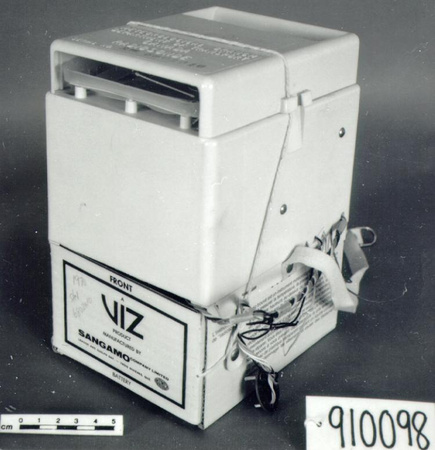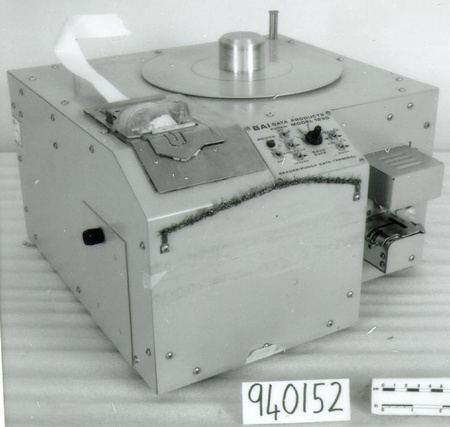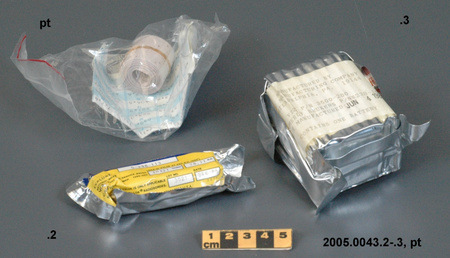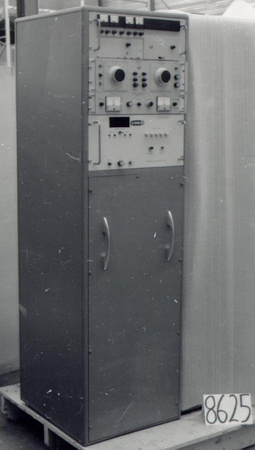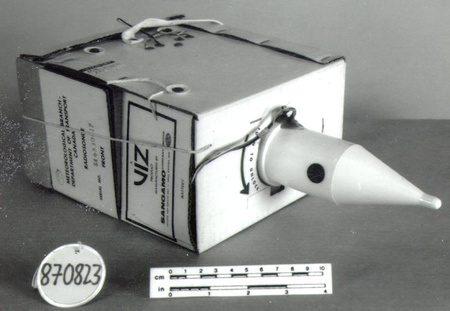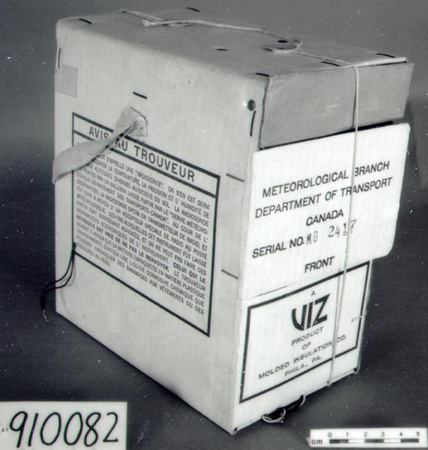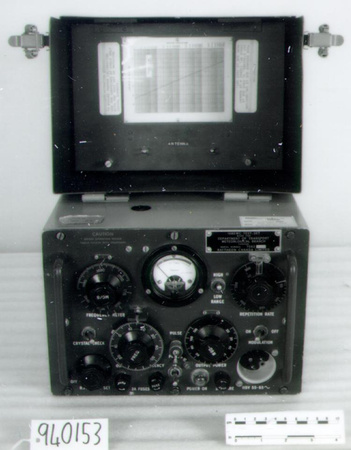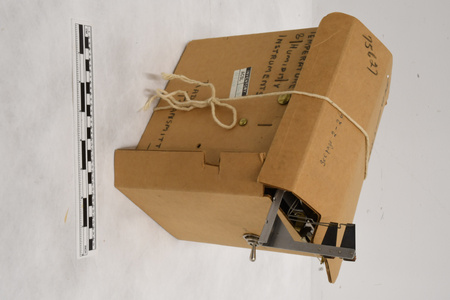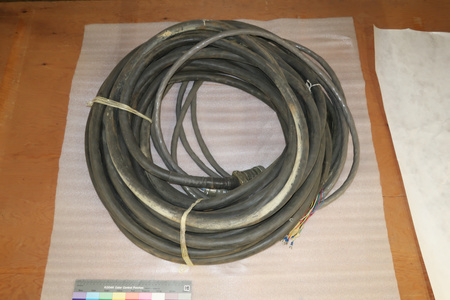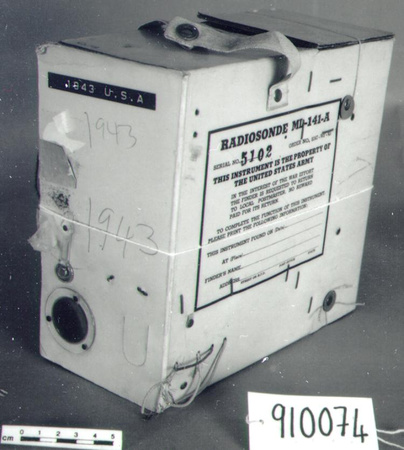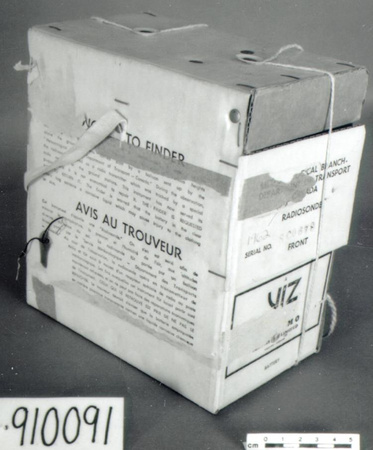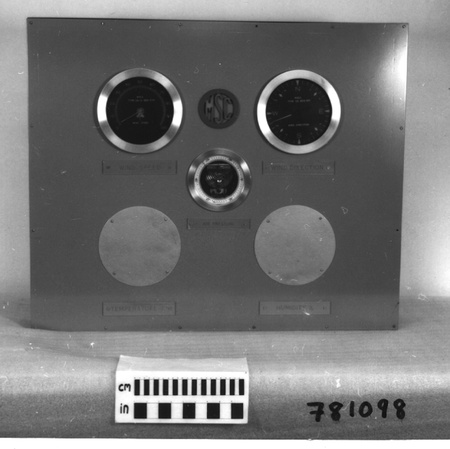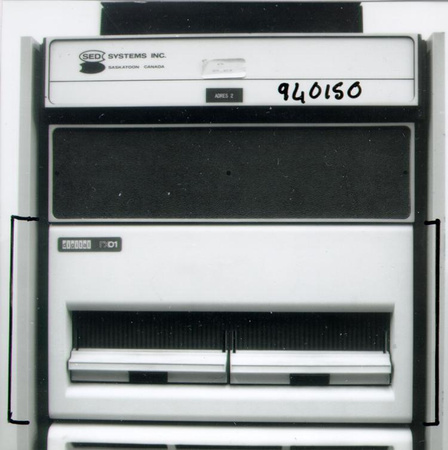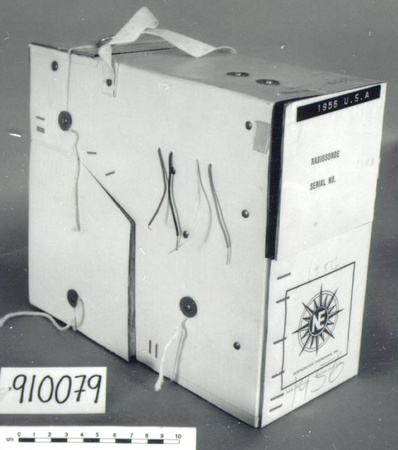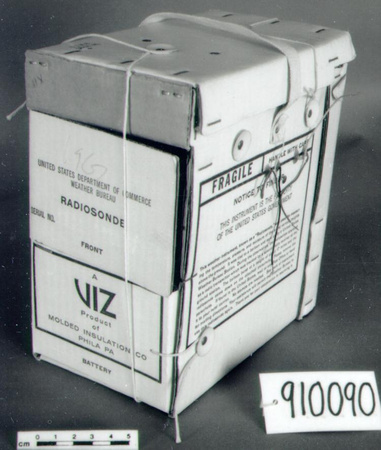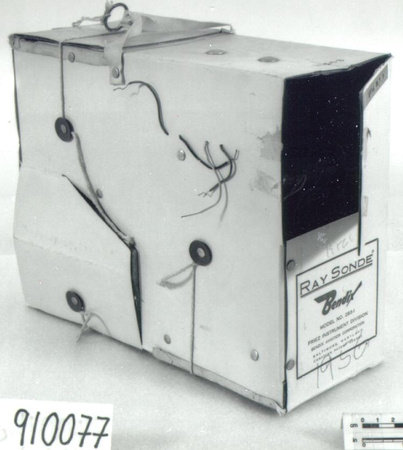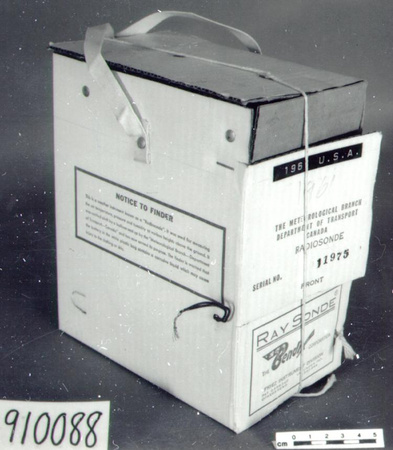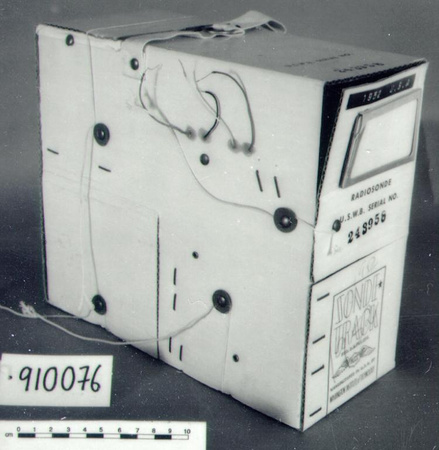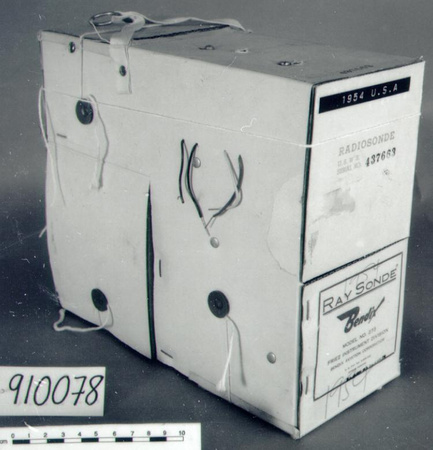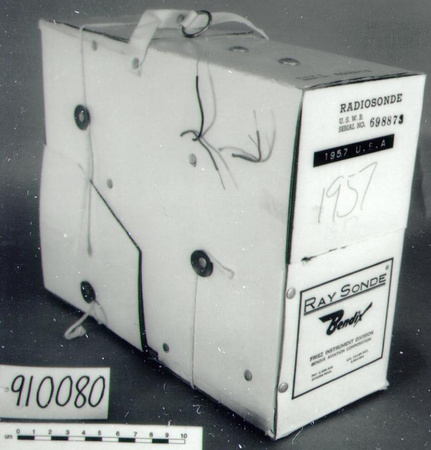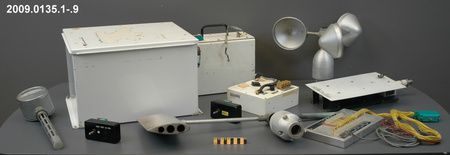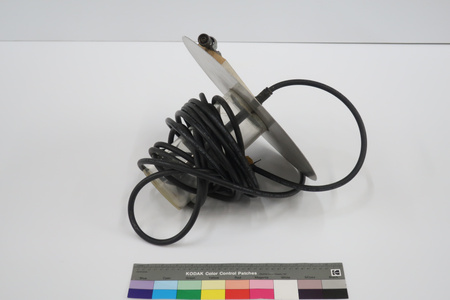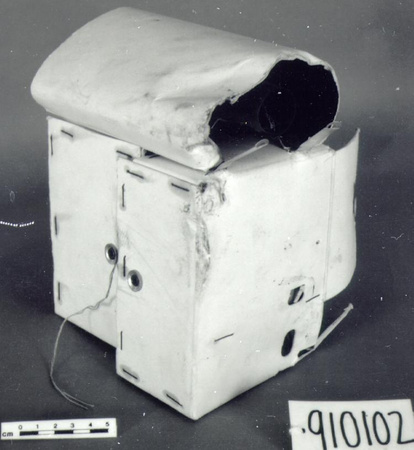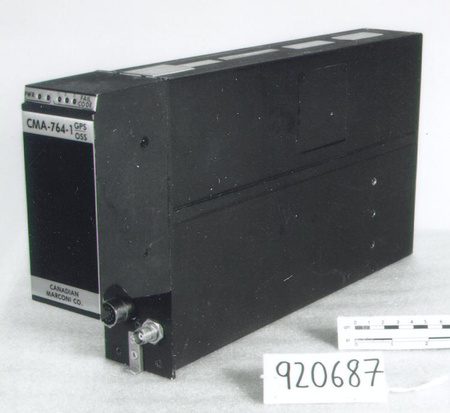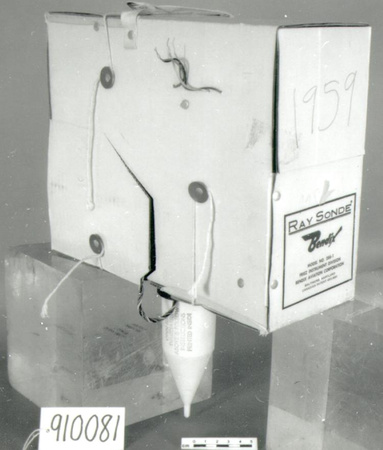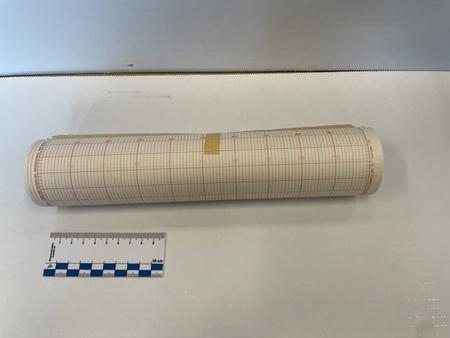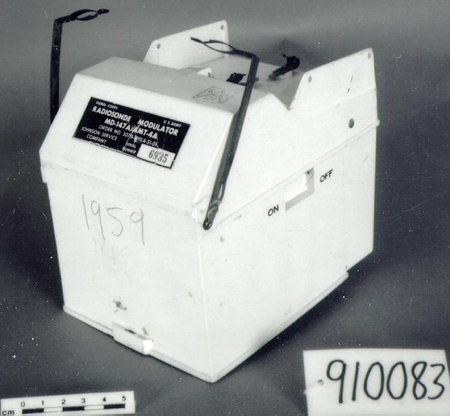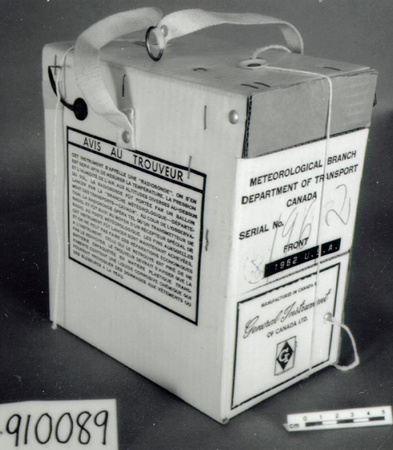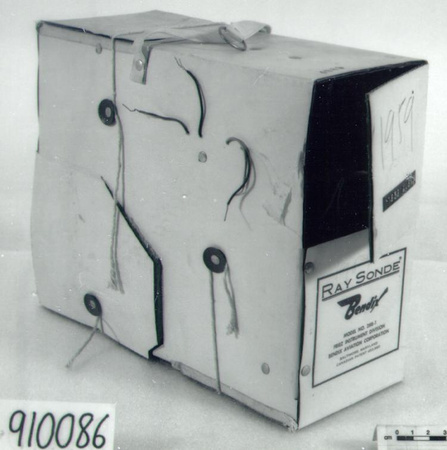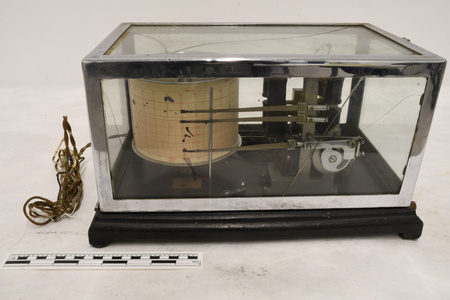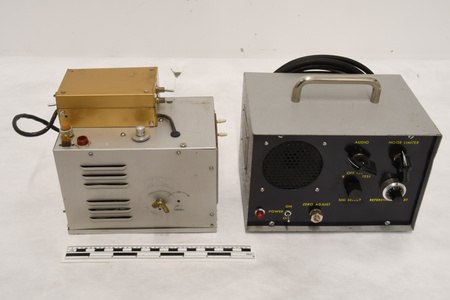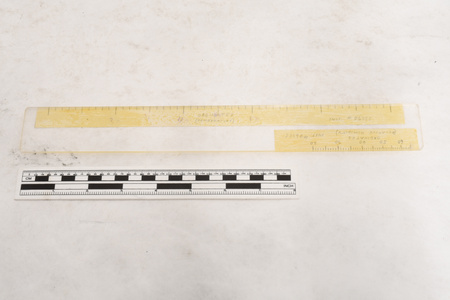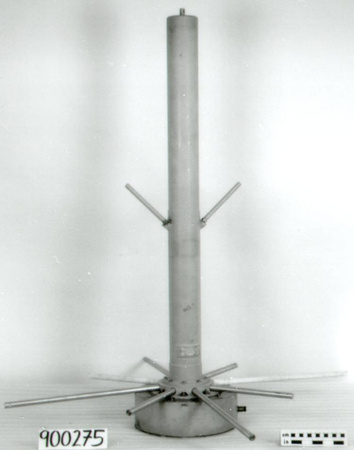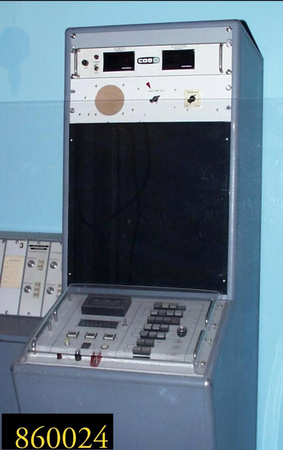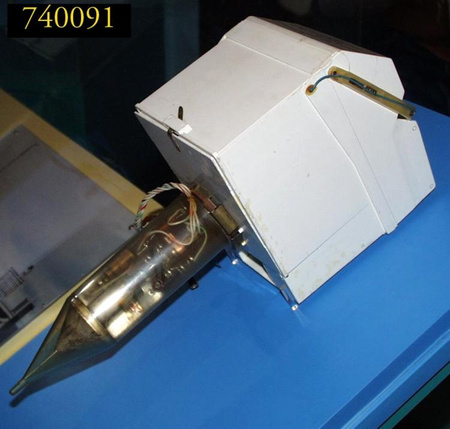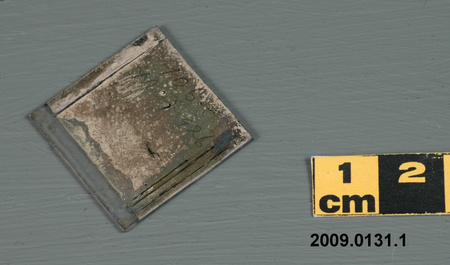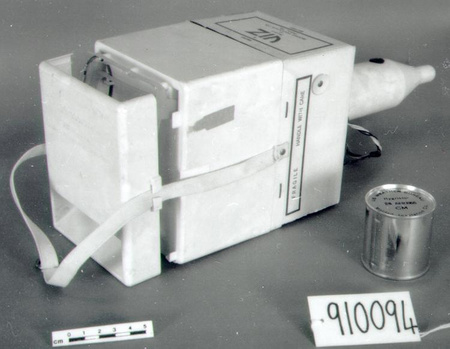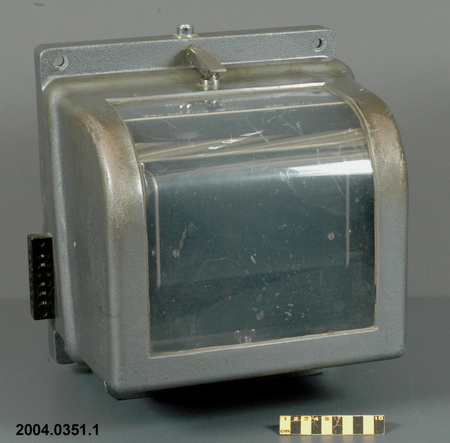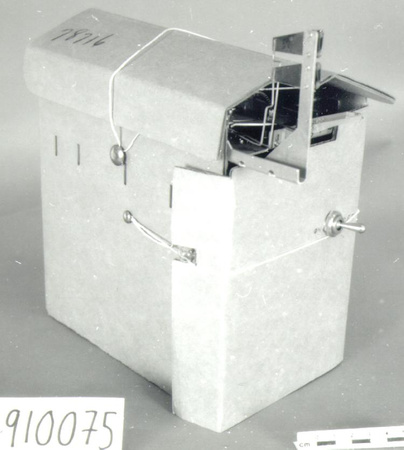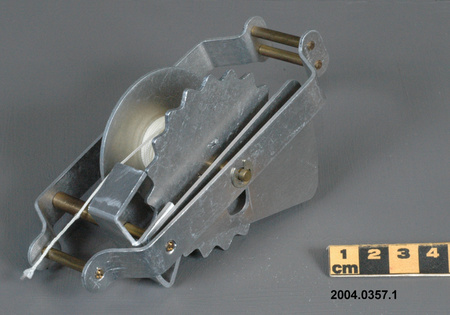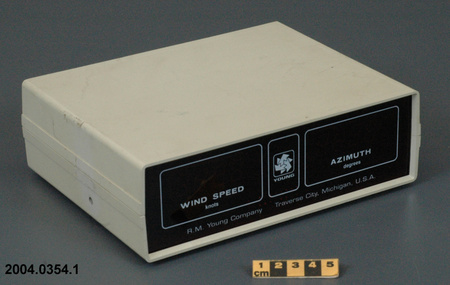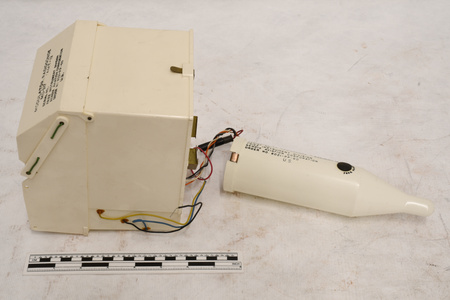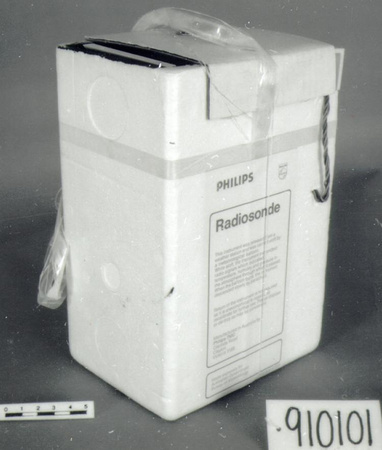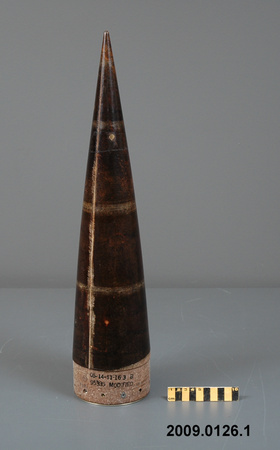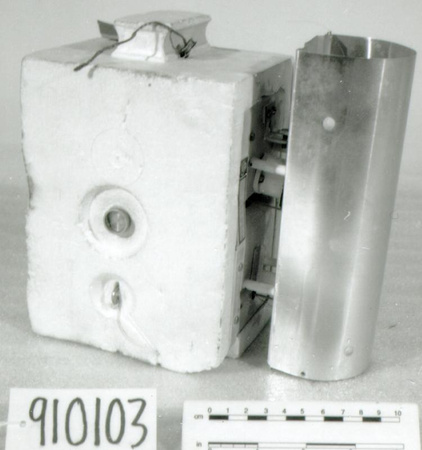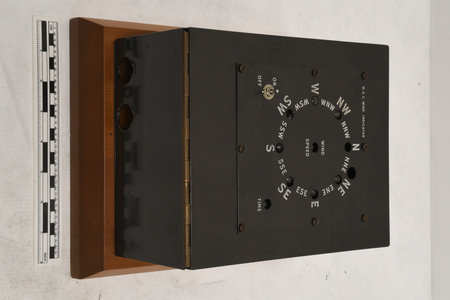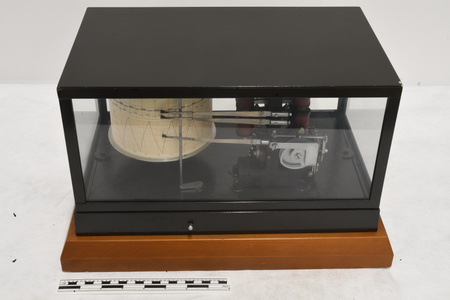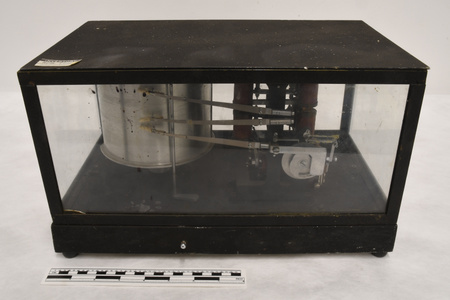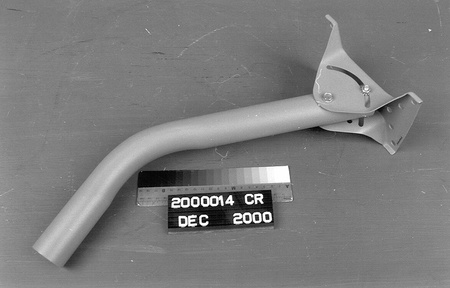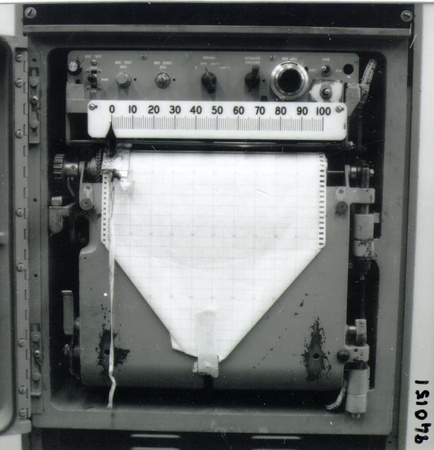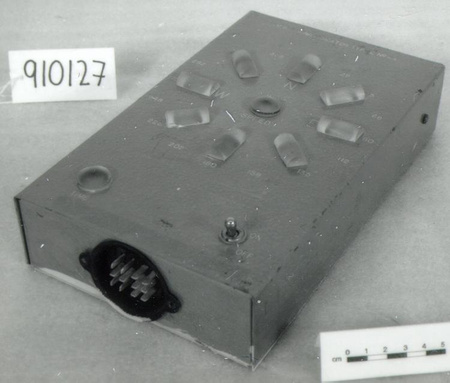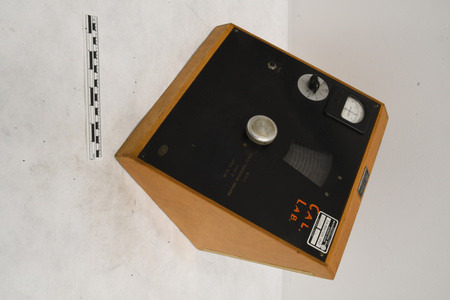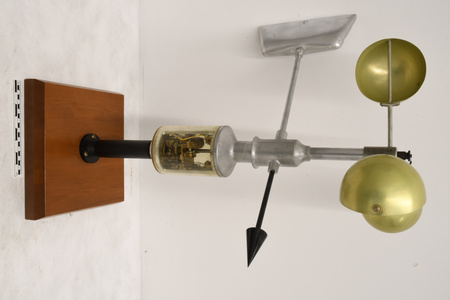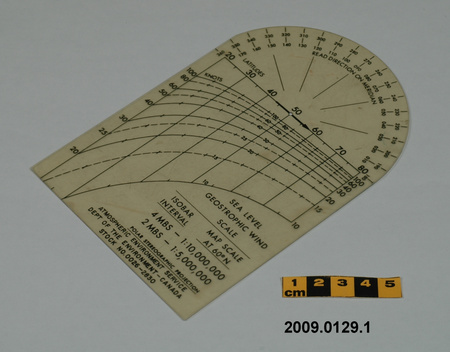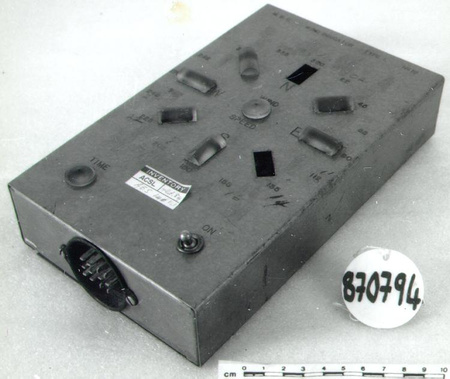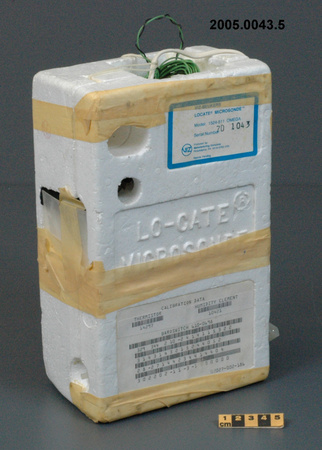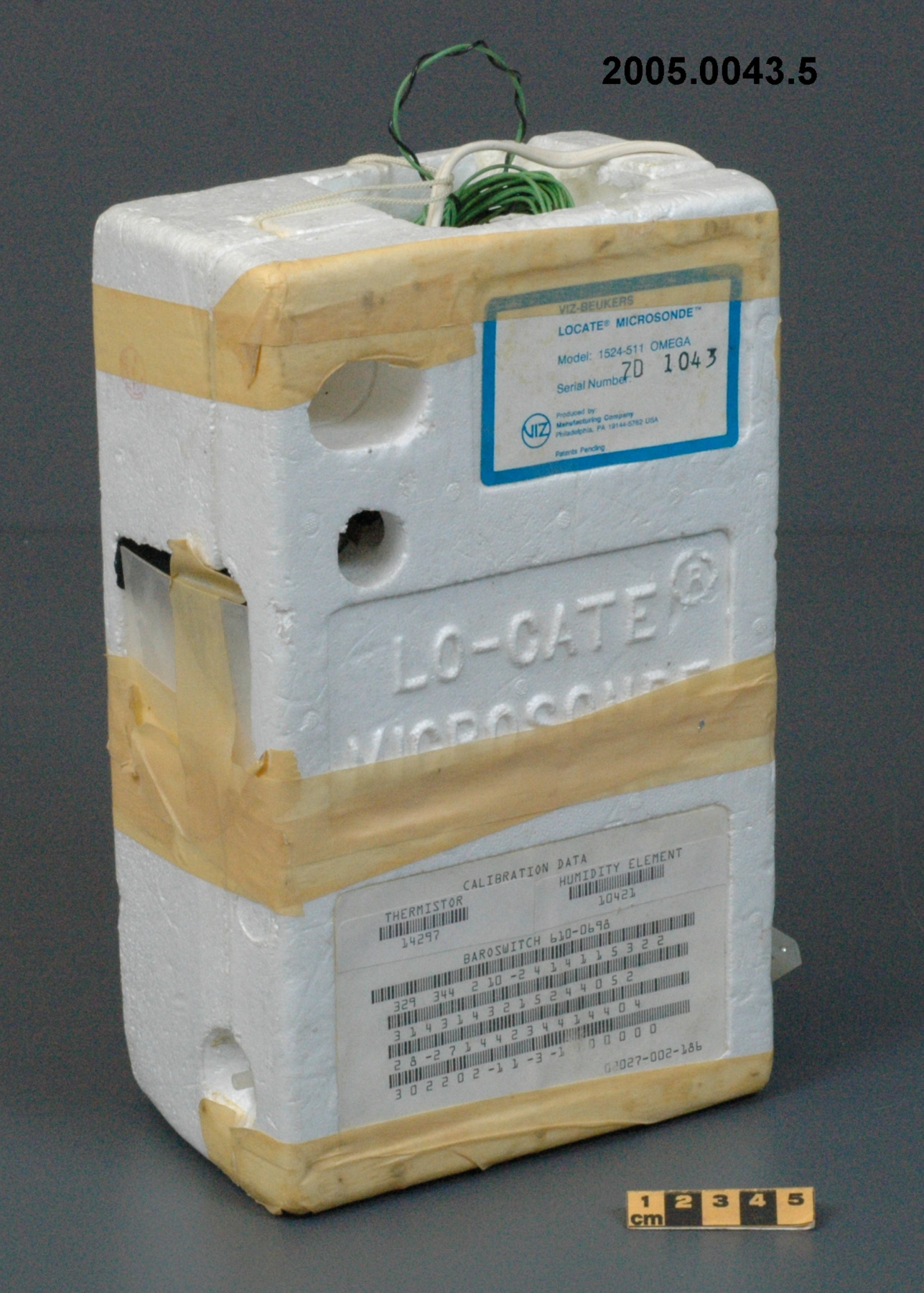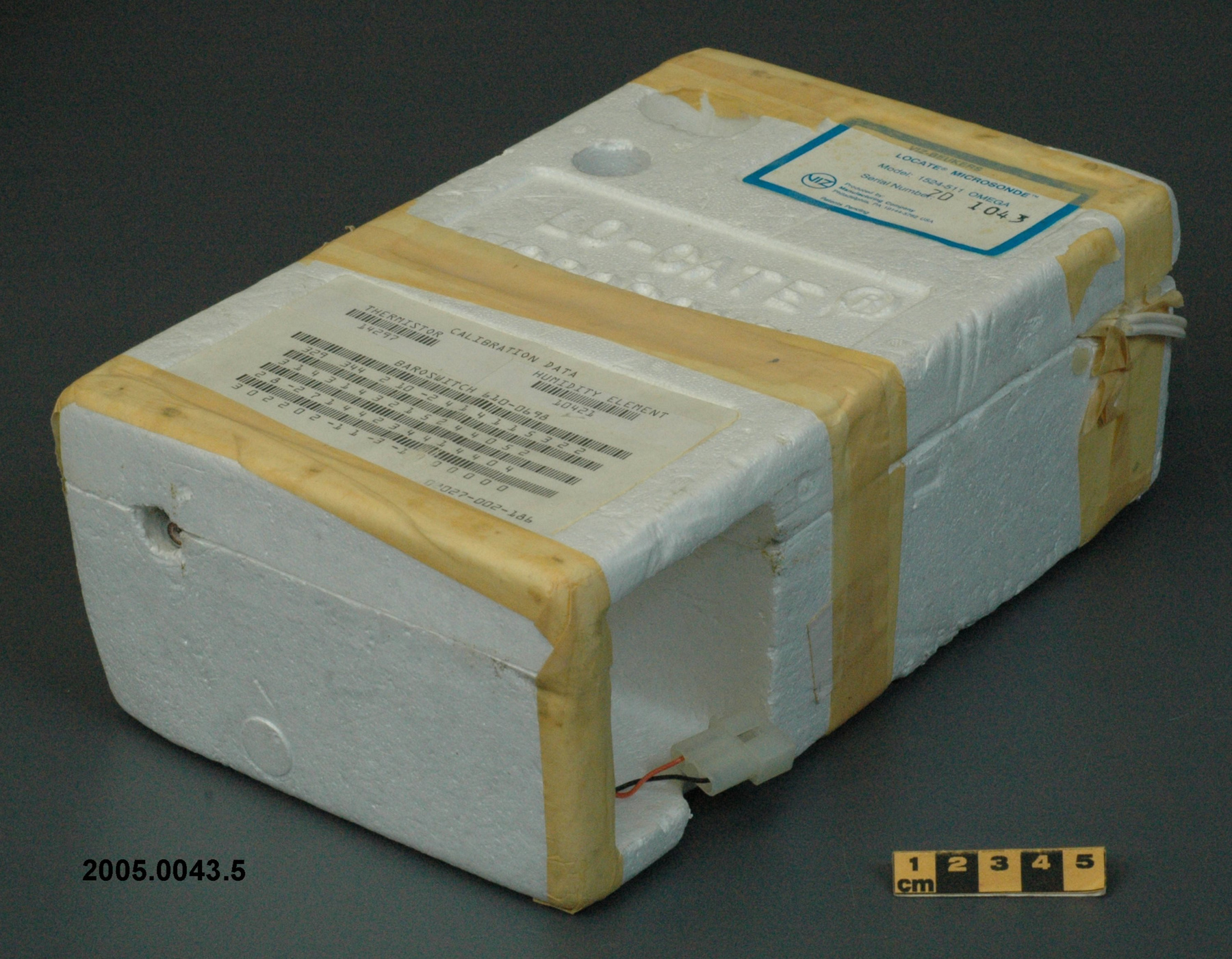Radiosonde
Utiliser cette image
Puis-je réutiliser cette image sans autorisation? Oui
Les images sur le portail de la collection d’Ingenium ont la licence Creative Commons suivante :
Copyright Ingenium / CC BY-NC-ND (Attribution-NonCommercial 4.0 International (CC BY-NC 4.0)
ATTRIBUER CETTE IMAGE
Ingenium,
2005.0043.005
Permalien: https://files.ingeniumcanada.org/items/coll/132/948/2005-0043-005-aa-cs_thumb.jpeg
Ingenium diffuse cette image sous le cadre de licence Creative Commons et encourage son téléchargement et sa réutilisation à des fins non commerciales. Veuillez mentionner Ingenium et citer le numéro de l’artefact.
TÉLÉCHARGER L’IMAGEACHETER CETTE IMAGE
Cette image peut être utilisée gratuitement pour des fins non commerciales.
Pour un usage commercial, veuillez consulter nos frais de reproduction et communiquer avec nous pour acheter l’image.
- TYPE D’OBJET
- audio-modulated/Navaid/Omega
- DATE
- 1986
- NUMÉRO DE L’ARTEFACT
- 2005.0043.005
- FABRICANT
- VIZ MFG. CO.
- MODÈLE
- LO-CATE Microsonde/ 1524-511 Omega
- EMPLACEMENT
- Philadelphia, Pennsylvania, United States of America
Plus d’information
Renseignements généraux
- Nº de série
- 7D 1043
- Nº de partie
- 5
- Nombre total de parties
- 5
- Ou
- microsonde
- Brevets
- S/O
- Description générale
- styrofoam casing/ synthetic and metal parts/ masking tape
Dimensions
Remarque : Cette information reflète la taille générale pour l’entreposage et ne représente pas nécessairement les véritables dimensions de l’objet.
- Longueur
- 26,2 cm
- Largeur
- 16,8 cm
- Hauteur
- S/O
- Épaisseur
- 9,8 cm
- Poids
- S/O
- Diamètre
- S/O
- Volume
- S/O
Lexique
- Groupe
- Météorologie
- Catégorie
- Mesure de vitesse et direction du vent en altitude
- Sous-catégorie
- S/O
Fabricant
- Ou
- VIZ
- Pays
- United States of America
- État/province
- Pennsylvania
- Ville
- Philadelphia
Contexte
- Pays
- Canada
- État/province
- Inconnu
- Période
- mid 1980's +
- Canada
-
An example of a radiosonde of a type used by the Meteorological Service of Canada at its 31 upper air observing stations mostly across southern Canada. In the 1980's the (American) National Bureau of Standards types of radiosondes (such as 1987.0824, 1987.0826, 1991.0095, 1991.0100), which had been the main operational radiosonde in Canada for fifty years, began to disappear. Gradually starting in 1985 they were replaced by the Viz/Beukers Mark I/II (2004.0360, 2005.0043) and the Vaisala RS80 NAVAID radiosondes (2004.0358-0359, 2005.0041-0042) (Ref. 2). Part of a large collection of meteorological instruments acquired from the Meteorological Service of Canada (previously Atmospheric Environment Service) by the CSTM since 1967. MSC is the government agency responsible for collecting and disseminating meteorological data and forecasts in Canada. It was founded in 1871 in Toronto where it is still headquartered. The MSC was originally on the University of Toronto downtown campus but moved to Downsview in 1971 on land owned by UofT. The headquarters houses laboratories, research facilities and calibration and instrument maintenance facilities (now largely contracted out). - Fonction
-
A device lifted by balloon into the upper atmosphere to measure temperature, humidity, and air pressure and transmit the data to earth. Wind speed and direction can be determined by tracking the radiosonde. - Technique
-
A type of radiosonde which used signals from a system of navigational radio transmitters to determine the position of an ascending balloon (and thus wind velocity and direction), known as the Navaid method. A receiver in the sonde detected navigational signals which were sent to the ground station for positional determination from which the winds are calculated. This radiosonde is marked ‘Omega', indicating that it was used with the Omega navigation system. Omega was a global radio navigation system for aircraft, operated by the U.S. and six other nations. from 1971 to 1997 with eventually eight stations which transmitted VLF signals. Use of the Omega system declined during the 1990's due to the success of the Global Positioning System (GPS) which began operating in 1994, and it was shut down by the U.S. in 1997. The radiosonde ground station includes a UHF directional antenna to receive the 403 mHz signal from a distance of up to 200 km, a whip antenna with amplifier to monitor the Loran/VLF signals and a separate antenna to receive the GPS signals. These antennae are attached to a computer which receives and processes the radiosonde and navigational signals in real time. It converts the analogue PTU signal from the radiosonde into pressure, temperature, and relative humidity and calculates the winds from the navigational signals (Refs.1-3). - Notes sur la région
-
Inconnu
Détails
- Marques
- blue lettering on white and blue lettering on front reads 'VIZ-BEUKERS/ LOCATE (R) MICROSONDE (r)/ Model: 1524-511 OMEGA/ Serial Number: 7D 1043/ Produced by:/ VIZ Manufacturing Company/ Philadelphia. PA 19144-5782 USA/ Patents Pending'/ raised lettering on front reads 'LO-CATE/ MICROSONDE'/ black typed lettering on label on front reads 'CALIBRATION DATA/ THERMISTOR/ 14297/ HUMIDITY ELEMENT/ 10421/ BAROSWITCH 609-0699/ 02027-002-186'
- Manque
- humidity sensor, battery, paper roll; calibration chart
- Fini
- white casing/ white and green wire coverings/ white cord/ yellow tape
- Décoration
- S/O
FAIRE RÉFÉRENCE À CET OBJET
Si vous souhaitez publier de l’information sur cet objet de collection, veuillez indiquer ce qui suit :
VIZ MFG. CO., Radiosonde, vers 1986, Numéro de l'artefact 2005.0043, Ingenium - Musées des sciences et de l'innovation du Canada, http://collection.ingeniumcanada.org/fr/id/2005.0043.005/
RÉTROACTION
Envoyer une question ou un commentaire sur cet artefact.
Plus comme ceci
